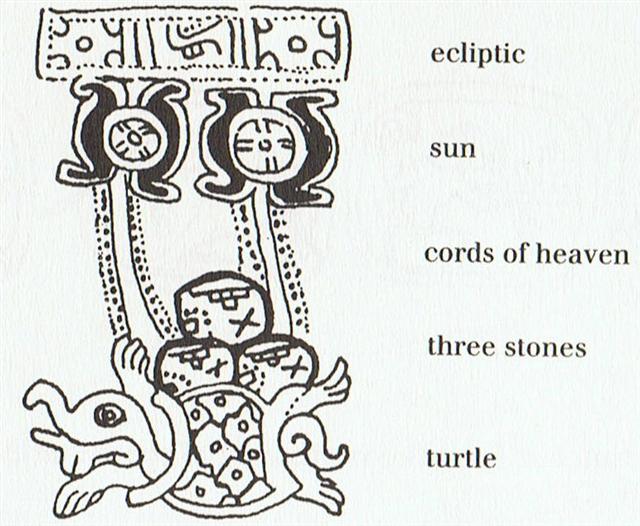233. From 21 May at the first 3-stone-place
to 28 May (when Itzam-Yeh was defeated - although this happened 35 years earlier) there were 7 days, and likewise were there 7 glyph positions at the beginning of side a on the G tablet, with the last of them evidently illustrating a division into a back part and a front part. Thus it could have been a kind of 'Janus' place, with darkness at the back side and light in front:
... Sir James Frazer, like Gwion, has pointed out the similarity of 'door' words in all Indo-European languages and shown Janus to be a 'stout guardian of the door' with his head pointing in both directions. As usual, however, he does not press his argument far enough. Duir as the god of the oak month looks both ways because his post is at the turn of the year; which identifies him with the Oak-god Hercules who became the door-keeper of the Gods after his death. He is probably also to be identified with the British god Llyr of Lludd or Nudd, a god of the sea - i.e. a god of a sea-faring Bronze Age people ... We can interpret the right part of Ga1-6 as an illustration of light emerging in the sky (ragi):
Which in the context of our discussion could correspond to 'Alighting in the Top of the Tree', similar to how the False Sun (Itzam-Yeh, Ursa Major) had done so, - and as when later, 542 days after the first 3-stone place, Hun-Nal-Ye also had 'become the sky'.
The ragi type of glyph could well have illustrated a tree top with a new moon crescent sailing in the background, similar to how the sun was drawn in the background behind the stem of a tree in the Japanese glyph for East:
The structure of the time frame as reflected at the beginning of side a on the G tablet was quite similar to that at the beginning of side a on the C tablet, although the ruling stars were different because the time frames as such were not the same:
The last glyph on side b of the G tablet probably coincided with the position of heliacal Hyadum I (= γ Tauri), and counting from there to Ga1-6 would give a measure of 8 days. Similarly there were 8 nights from March 20 (*364) up to and including March 27 (*371 = *365 + *6).
... Counting from January 1 in the preceding year Tau-ono was day 500 [= 210 + 290] and marking the final of the old year before a new year was beginning with Alcyone. The time frame of the Pleiades year was apparently later than that of the Bull. May 16 was 56 days (8 weeks) after 0h and Hyadum II was 64 = 56 + 8 days after 0h. And there were 8 dark nights before the Bull's Eye (Ain, ε Tauri) - a pattern which probably was due to that of Venus, who had 8 dark nights of invisibility before she was returning as Morning Star (her 'male' side appearance) ... Ilmarinen climbed up into (entered) the Top of the Tree, we remember, and possibly his following Sampo creation was an illumination of the time-frame emerging from a 'cooking place' (Athāfiyy), ...Al Maisān, the title of γ Geminorum, by some error of Firuzabadi was applied to this star as Meissa [λ Orionis}, and is now common for it. Al Sufi called it Al Tahāyī; but Al Ferghani and Al Tizini knew it as Rās al Jauzah, the Head of the Jauzah, which it marks. The original Arabic name, Al Hak'ah, a White Spot, was from the added faint light of the smaller φ¹and φ² in the background, and has descended to us as Heka and Hika. These three stars were another of the Athāfiyy [tripods used for cooking] of the Arabs; and everywhere in early astrology were thought, like all similar groups, to be of unfortunate influence in human affairs. They constituted the Euphratean lunar station Mas-tab-ba-tur-tur, the Little Twins, a title also found for γ and η Geminorum; and individually were important stars among the Babylonians, rising to them with the sun at the summer solstice, and, with α and γ, were known as Kakkab Sar, the Constellation of the King ...
to replace the old one because Ilmarinen saw Ursa Major (Itzam-Yeh) in the top branches: ... Väinömöinen, 'sage and truthful', conjurer of highest standing, is cast upon the shore of Pohjola, much as Odysseus lands on Skyra after his shipwreck. He is received hospitably by Louhi, the Mistress (also called the Whore) of Pohjola, who asks him to build for her the Sampo, without explanation. He tells her that only Ilmarinen, the primeval smith, can do it, so she sends Väinömöinen home on a ship to fetch him. Ilmarinen, who adresses his 'brother' and boon [good] companion rather flippantly as a liar and vain chatterer, is not interested in the prospect, so Väinömöinen, ancient of days and wise among the wise, has recourse to an unworthy trick. He lures the smith with a story of a tall pine, which, he says, it growing Near where Osmo's field is bordered. // On the crown the moon is shining. // In the boughs the Bear is resting. Ilmarinen does not believe him; they both go there, to the edge of Osmo's field, Then the smith his steps arrested, // In amazement at the pine-tree, // With the Great Bear in the branches, // And the moon upon its summit. Ilmarinen promptly climbs up the tree to grasp the stars. Then the aged Väinömöinen, // Lifted up his voice in singing: // 'Awake, oh Wind, oh Whirlwind // Rage with great rage, oh heavens, // Within thy boat, wind, place him // Within thy ship, oh east wind // With all thy swiftness sweep him // To Pohjola the gloomy. Then the smith, e'en Ilmarinen // Journeyed forth, and hurried onwards, // On the tempest forth he floated, // On the pathway of the breezes, // Over moon, and under sunray. // On the shoulders of the Great Bear // Till he reached the halls of Pohja, // Baths of Sariola the gloomy ... He was quickly removed from the Top of the Tree by a Whirlwind and carried together with Ursa Major (Itzam-Yeh) to the halls of Pohjola. His work at that place would then result in the new time-frame. But before it could take shape from the fire ... It should be stated right now that 'fire' is actually a great circle reaching from the North Pole of the celestial sphere to its South Pole ... his helpers worked for 3 days which could correspond to the first 3-stone 'cooking place' (Athāfiyy): ... On the first day of their labour // He himself, smith Ilmarinen, // Stooped him down, intently gazing, // To the bottom of the furnace, // If perchance amid the fire // Something brilliant had developed. From the flames there rose a crossbow, // Golden bow from out the furnace; // 'Twas a gold bow tipped with silver, // And the shaft shone bright with copper. And the bow was fair to gaze on, // But of evil disposition // And a head each day demanded, // And on feast-days two demanded, // He himself, smith Ilmarinen, // Was not much delighted with it, // So he broke the bow to pieces, // Cast it back into the furnace ... I suggest the first triplet of 'creation stones' could have referred to the Belt stars of Orion (Tau-toru) crosssing the 'line of fire' through Heka (or Hika) from where to count, Hia:
In 21 May 3114 BC (= 542 days before 5 February 3112 BC) was the First Three-Stone-Place: ... the Palenque scribes repeated Creation again and described it as 'it was made visible, the image at Lying-down-Sky, the First-Three-Stone-Place'.
Then we learned that five hundred and forty-two days later (1.9.2 in the Maya system), Hun-Nal-Ye 'entered or became the sky' (och ta chan). This 'entering' event occurred on February 5, 3112 BC ...
70 precessional days before the time of rongorongo the 3 Belt-stars of Orion would have been at Ga1-18--20. Monkeys (cfr at Turtle Head-20) and Gibbons (cfr Three Stars-21) were good climbers of trees - and so was Ilmarinen:
I have copied the abstract above from my compilation document II Translations.
|
|||||||||||||||||||||||||||||||||||||||||||||||||||||||||||||||||||||||||||||||||||||||||||||||||||||||||||||||||||||||||||||||||||||||||||||||||||||||||||||||||||||







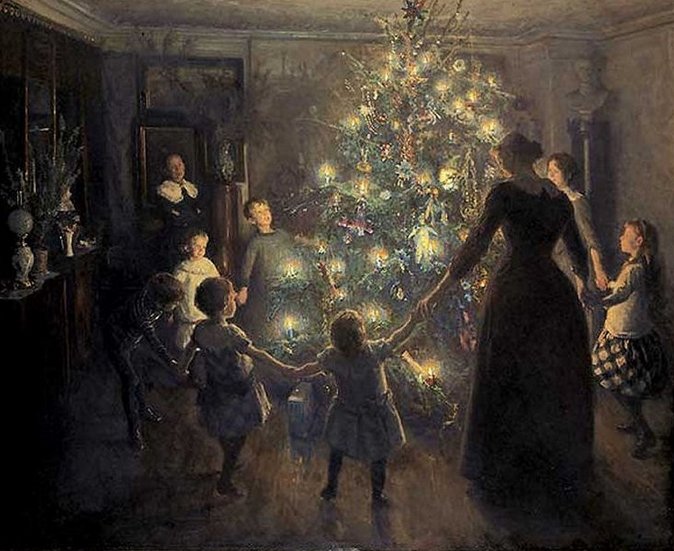
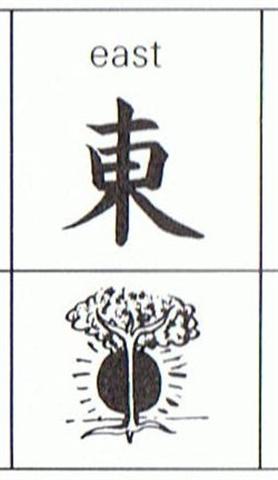







.jpg)
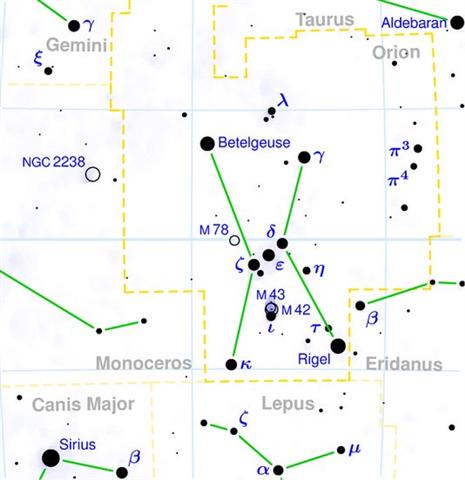
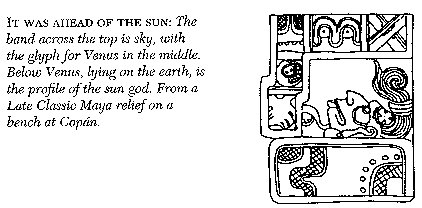

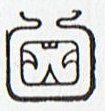

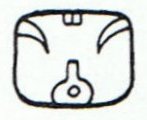


.jpg)
